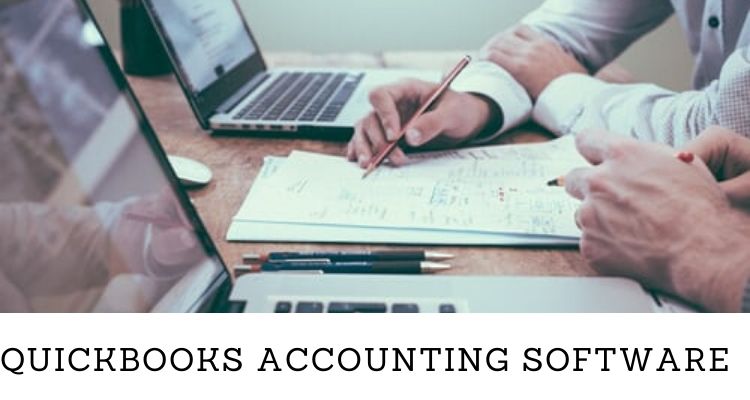“Forex” is an acronym for Foreign Exchange, also known as FX. At its simplest, Forex trading boils down to large banks and other financial institutions worldwide loaning their currency out to others.
Currency prices constantly fluctuate based on supply and demand, so it’s possible to buy low and trade high. There are many different Forex trading strategies, but many fall short of making money because they require so much time to watch over them or information overload results in emotional decision making.
Basic terms used in forex trading
Firstly, let’s define some basic terms: A ‘strategy’ is a specific method traders use to conduct trades with a set goal in mind. A commodity is a physical good such as wheat, oil or gold. The Forex market allows buyers and sellers of commodities worldwide to exchange currency pairs for completing a trade.
Some forex trading strategies
Some simple Forex trading strategies can get started on your journey into this market without needing any prior knowledge or experience. If you are new to forex, these strategies will serve as an excellent introduction before you delve deeper into this market.
Trending
This technique requires no previous knowledge or experience, so it is perfect for beginner traders who don’t know what they are doing just yet. The idea behind the trend following method is that if you get on board early enough, you can ride the market to its peak before cashing out your investment at the right time. This technique works best in markets that tend to trend, so items such as crude oil and precious metals will yield higher rewards than stock shares or currencies.
Grid trading
This strategy involves selling both short and long positions at once to establish a fixed profit margin no matter how the market moves. Once again, this method does not require much experience, but it also has relatively high commission fees (usually 1-2% per transaction), so it might not be suitable for beginners after all. Grid trading is often referred to as ‘fixed fractional’ because of its multiple possible partial profits, which can be set up beforehand without affecting each other.
Hedging
Hedging is the practice of buying currency with one market and simultaneously selling it in another market – that way, if prices fluctuate against you, your money isn’t lost.
Scalping
Scalping is a more aggressive strategy than hedging and involves placing short bets on currency price movement using high volume and low risk.
Arbitrage
Arbitrage takes advantage of price differences between markets by exchanging currencies at a higher rate in one market and immediately reselling it at the same or different price in another market. This can be done anywhere from milliseconds to days, depending on your Forex broker’s trading technology.
Martingale
A martingale approach is best suited for long term trends but can also be applied to the short term. The initial Forex trading capital is set at one unit, and for every consecutive loss, the trader increases their units by the same amount.
For example, if they start with $100 and continuously lose, they will increase by $100 each time until eventually doubling up to $200 when they win. If they continue losing after that point, then it starts all over again in an exponentially growing cycle.
Averaging
Take a long term approach in which you add money to your position as prices decline and pull back to average out your entry cost. You can also do this on the way down, so you buy more if prices drop below your original price point (which theoretically should recover later).
Finally
Every trader has their preferences when it comes to designing the ideal strategy. If you want to know how to trade forex, open an account with a reputable online broker from Saxo Bank. Once you get the hang of it, you can switch over to a demo or live account, depending on your comfort level with risk.






